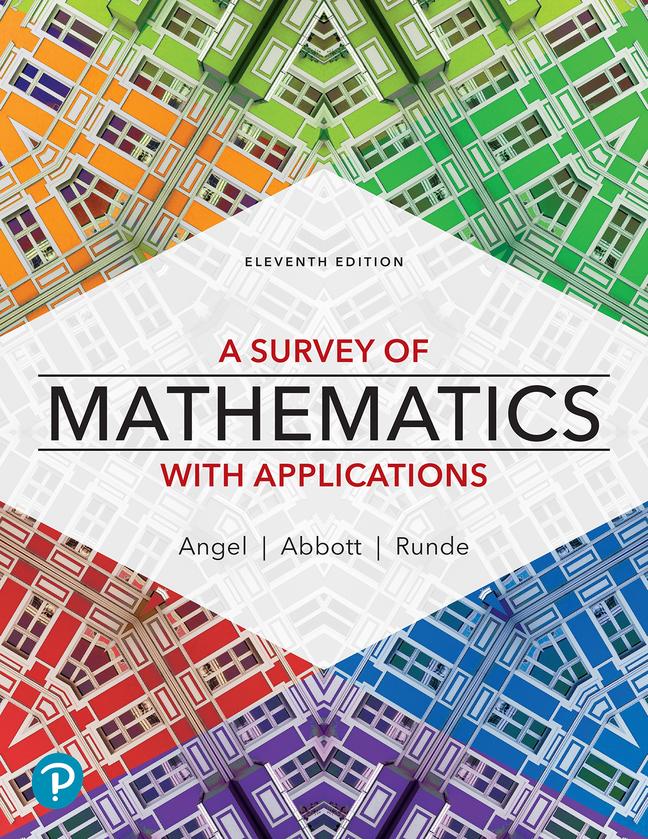Question
A researcher tested the association between stress and a pain disorder, referred to by the acronym TMPDS, using a prevalence case-control study indicated below. Given
A researcher tested the association between stress and a pain disorder, referred to by the acronym TMPDS, using a prevalence case-control study indicated below.
Given Information for Full Sample
Cases (TMPDS) Controls (No TMPDS)
Stress 40 160
No Stress 40 160
50% of the cases (TMPDS) with stress have back pain, and 50% of the controls with stress have back pain. Among the cases without stress, 4 of 40 have back pain. And among the controls without stress, 16 of 160 have back pain. Since the researcher was concerned about the strong correlation between stress and back pain, the researcher excluded controls with a history of back pain. Assume that stress causes back pain, but back pain does not cause TMPDS. Also, assume that the estimate in the full sample is unbiased.
Perform and answer the following steps and questions:
1A) Confirm that stress is positively associated with back pain (i.e. calculate odds ratio (OR)), but back pain is not associated with TMPDS in the full sample
1B) Calculate the odds ratio for the association between stress & TMPDS in the full sample, the sample which excludes only controls with back pain, and the sample which excludes cases and controls with back pain.
1C) Explain the type of bias and direction of associations in a DAG from excluding only the controls with back pain. Then, indicate whether the direction of the biased association in the DAG corresponds to the direction indicated by the data.
1D) What is the lesson from the researcher's mistake of excluding only controls with back pain?
1E) Are there any limitations from excluding both cases and controls with back pain?
1F) Let's suppose that another epidemiologist provided data from the source population, and suggested that it could be used to correct for control selection bias arising from the exclusion of controls with back pain. Using the data below, calculate the selection bias factor and use it to correct for bias. Then, confirm whether the corrected OR is equal to the OR from the full sample.
Source Population
TMPDS No TMPDS
Stress 350 1230
No Stress 350 1230
1G) Provide an explanation for why the selection bias factor is equal to the biased OR. What does this imply?
1H) Based on the full sample, what can we conclude about bias when cases and controls differ with respect to sampling fractions, but not selection probability ratios?
Step by Step Solution
There are 3 Steps involved in it
Step: 1

Get Instant Access to Expert-Tailored Solutions
See step-by-step solutions with expert insights and AI powered tools for academic success
Step: 2

Step: 3

Ace Your Homework with AI
Get the answers you need in no time with our AI-driven, step-by-step assistance
Get Started


